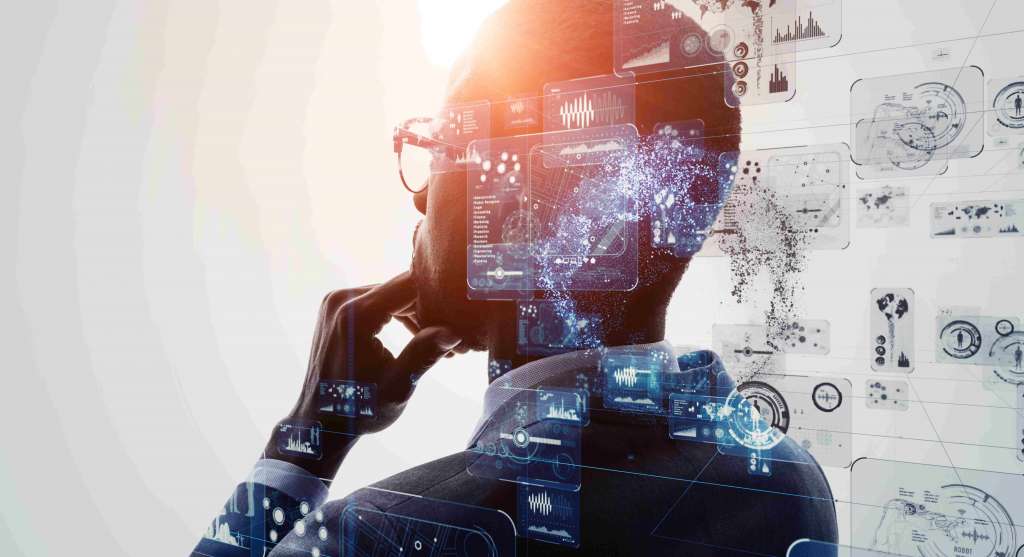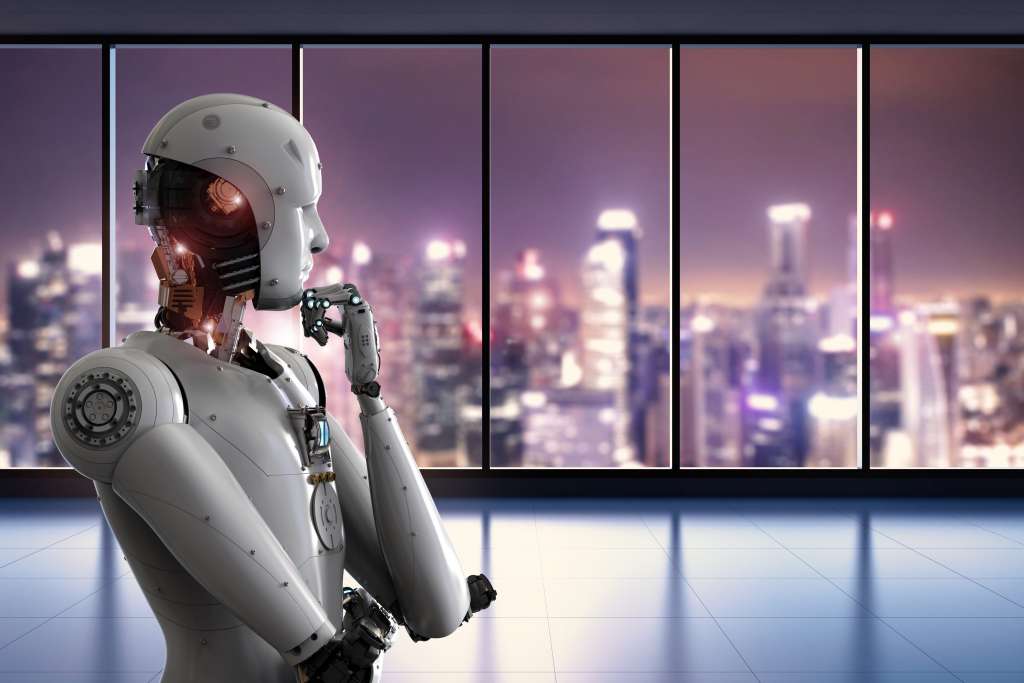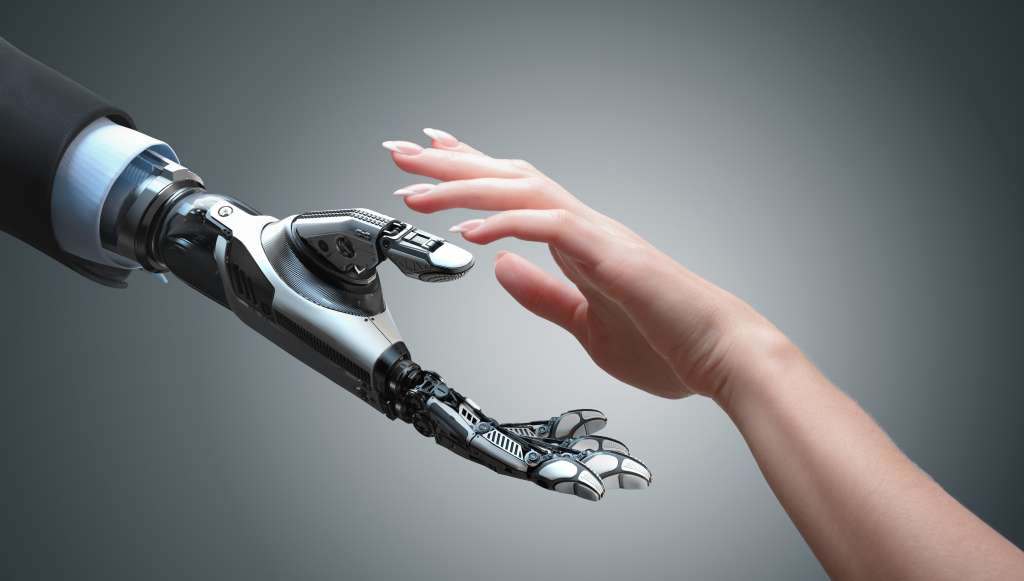How Artificial Intelligence and Robotics Will Change Life


Summary: AI and robotics are all around us, from our phones to our homes. They are helping us work smarter and are making our lives easier in several ways. However, these technologies are also being used on a bigger scale— fighting crime and saving lives.
AI and robotics are being integrated into our daily lives
Artificial Intelligence (AI) is an umbrella term for technologies that imitate human intelligence, such as Machine Learning and Natural Language Processing. Robotics are physical machines that can move around autonomously, much like a human or animal would do, with some exceptions.
The next generation of these technologies with newer developments promises even more benefits.
AI is changing the way we work
AI can help with tasks like scheduling and project management, reducing the need for humans to do these tasks manually. It can help with things like translation (e.g., translating spoken word into written text), transcription (e.g., converting audio recordings into written documents), data analysis (e.g., analyzing large amounts of information), and many other functions that are time-consuming or require specific knowledge bases.
Humanoid robots are patrolling airports and subways
In several countries around the world, human-like robots are patrolling airports and subways to make sure everything is smooth sailing. These robots can identify people who look suspicious and report their findings to the authorities. They can also interact with visitors—for example, they might be programmed to say “Hello” if someone looks at them, or smile if they are talked to.AI helps these robots understand what people around them are doing so they can respond appropriately.
Robots are already being used for things like self-driving cars and robotic assistants in stores or banks, but there are still many other possibilities for how this technology could improve our daily lives in the future!

AI can be our friend or even our partner
You might have a hard time imagining a robot becoming your friend. As robotic technology advances, robots are becoming more human-like in appearance and behavior. You can talk to them like you would with a person and they can respond in kind.
They may even be able to understand us better than some humans do. A recent study showed that robots can detect emotions based on facial expressions better than humans can — and they don’t miss anything. Robots don't judge when humans feel sad or anxious; instead, they offer support through words of encouragement or physical comfort.
Robots could also help combat loneliness among older adults by providing companionship, or even acting as pets.
Robots can help differently-abled people lead better lives

Robots can help lift, clean, and feed people who are too weak to do it themselves. They can even be programmed to remind them to take their medication or have a nice chat with the person when they are feeling lonely.
Similarly, robotic limbs have enabled people who lost their arms or legs in accidents or war to regain movement. These devices aren't always feasible, seeing as they are on the more expensive side, but they give hope to those who are suffering.
Doctors are using robots for surgery
Robots are already being used in nursing homes and hospitals around the world. For example, robots at Boston Children's Hospital have been programmed with skills like giving injections.
Robots are more flexible than humans, and they can perform surgeries in areas where it’s difficult for human surgeons to reach. For example, small robot surgeons can operate on the inside of the heart — a procedure that has saved many lives. Robotic arms allow doctors better control over delicate procedures than they could achieve with their own hands or tools, such as when removing tumors or repairing damaged bones and organs.
Robots could make products like clothing a lot cheaper
Robots have already started to make a difference in the fashion industry. For example, some fashion retailers are using robots to help with production and shipping.
Robots could help with production by speeding up the process of making clothes. This would cut down on costs because it would take less time and manpower to produce items. Fashion brands also plan on using robots for inventory management, customer service, and pricing — so you know exactly how much a product costs, before actually producing it.
AI could design clothes for you
In the future, it is not inconceivable that robots may be able to design clothes. Brands could choose the color, style, and material and AI could aid robots in putting together the perfect outfit. The robot would know how much fabric is necessary for each size, and how to make a piece of clothing that is comfortable yet stylish. It could potentially be able to deliver your custom-made clothing within a day, or even hours.
Robots can make more than just clothes; they can also make food, buildings, cosmetics and so much more!

Key Takeaways
- AI is changing the way the world works, lives, and plays.
- AI could also help design clothes and manufacture products. They can take care of sick family members, perform surgery and even fight fires.
- From self-driving cars and robotic arms to AI assistants, AI will continue to help with everyday tasks and make our lives easier.
Don't get left behind in the AI and robotics revolution. Speak to a Fashinza AI expert today to see how you can integrate AI solutions to improve your business operations.



















